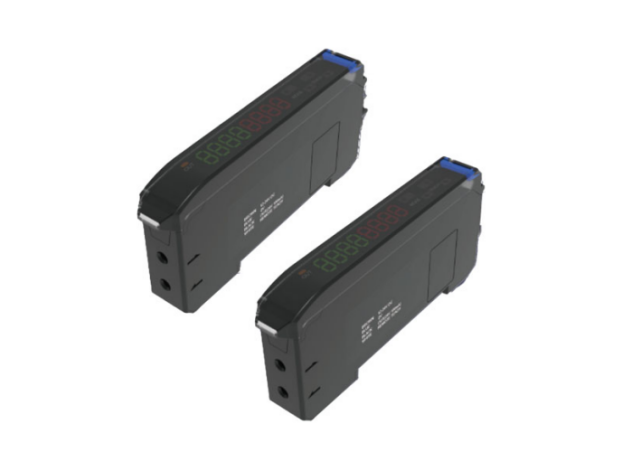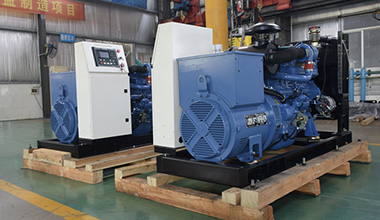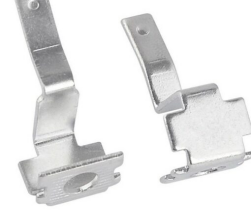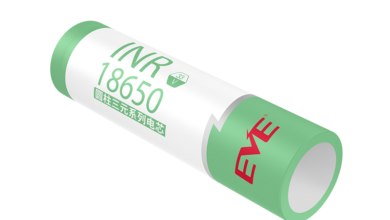3D Sensors: The Future Of Industrial Manufacturing

3D sensors are the future of industrial manufacturing. With the speed and accuracy that these sensors offer, it is no wonder why they are quickly becoming one of the most widely used options in the industry. This article will explain how 3D sensors work, how they compare to traditional 2D sensors, and how they can be used in your factory to provide you with a greater output.
What is a 3D sensor?
A 3D sensor is a type of sensing device that uses three-dimensional (3D) technology to capture and measure data. 3D sensors are used in a variety of industries, including automotive, aerospace, and manufacturing.
3D sensors use multiple sensing elements to capture data from different angles. This data is then processed and analyzed to create a 3D model of the object being measured. 3D sensors can be used to measure objects of any shape or size, making them ideal for industrial applications.
Applications of 3D sensors
3D sensors have a wide range of applications in industrial manufacturing, from quality control to assembly line automation. Quality control is perhaps the most important application for 3D sensors, as they can be used to inspect products for defects before they leave the factory. This helps to ensure that only high-quality products reach consumers and that any defective items can be identified and fixed before they cause customer satisfaction issues.
Assembly line automation is another key application for 3D sensors. By automating the assembly process, factories can increase production efficiency while reducing the chances of human error. This is especially beneficial for complex products that require precise assemblies, such as electronic devices or medical equipment.
Finally, 3D sensors can also be used for material handling tasks such as picking and placing components or products. This can help to speed up the manufacturing process by reducing the need for manual labor. Additionally, it can minimize product damage during assembly, as automated pick-and-place systems are much gentler than human hands.
The future of industrial manufacturing with 3D sensors
The future of industrial manufacturing is with 3D sensors. These devices can create a detailed 3D image of an object or scene, allowing for more accurate and efficient production. With the help of 3D sensors, factories can scan objects to create a digital model that can be used for CNC machining, 3D printing, or other forms of fabrication. This technology can also be used to inspect products for quality control purposes.
3D sensors are becoming more and more affordable, making them a viable option for small and medium-sized businesses. In addition, the technology is becoming more compact and portable, making it easier to use in industrial settings. As the technology continues to develop, 3D sensors will likely become a staple in industrial manufacturing. If you still have questions about this technology, you can contact SmartMoreInside at any time, and we will answer you in detail.





